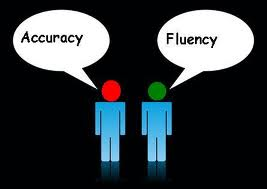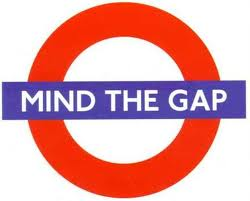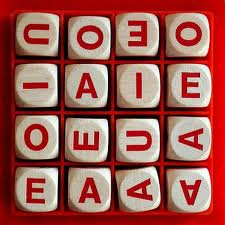I’ve observed a lot of listening lessons recently as part of my job as a CELTA and Delta trainer. I’ve noticed that sometimes there’s a problem in the way we get feedback on a listening comprehension task – especially when students are listening for details in the recording. The feedback goes like this:
Teacher: What’s the answer to question 1?
Student 1: The answer’s A.
Teacher: No, that’s not quite right. The answer’s B. What about question 2?
Student 2: It’s B.
Teacher: Yes, that’s right. It’s B. Good!
The problem here is that Student 1 has no idea why s/he was wrong. Student 2 knows s/he was right, but what about the other students in the class? Did they get it right too? Here we are TESTING rather than TEACHING the listening skill. If students get an answer wrong (which is when things get interesting), we say ‘Never mind – better luck next time!’ And will they be any better next time, if we haven’t helped them to understand why they didn’t understand it now?
Here are some ideas on how to go about getting feedback on a listening task:
- Ask ‘Do you agree?’ to open up feedback to everyone in the class
- Give poker-faced feedback: don’t tell them who’s got it right (yet)
- Encourage students to listen and re-listen until they hear it for themselves by replaying relevant bit of tape, several times if necessary
Give support by:
- Getting students to check in pairs / groups before group feedback
- Writing up gapped sentences on the board showing what’s missing
- Analysing features of connected speech i.e. what happens when words are put into a sentence
- Drilling tricky phrases, showing how words link up together (it’s often a case of understanding where one word ends and the next one begins)
And a last piece of advice:
Spend less time on pre-listening stage so you have more for feedback – it’s such a pity when the lesson runs out of time and there’s no time left for the strategies I’ve mentioned above.
I’ll be posting soon with some ideas on how to work on features of connected speech when doing a listening lesson – I find I do most of my work on pronunciation here, and not in speaking lessons. Come back to my blog to find out why!







